Your Oral Examination Before Bone Grafting
Before you undergo bone grafting in Houston at Sinada Dental, you’ll need to schedule a thorough oral exam with one of our knowledgeable dental professionals. Initially, your dentist will examine the affected area in order to assess the general condition of your teeth and gums. If periodontal disease is present or the adjacent teeth are in poor condition, these factors will be fully addressed before the bone grafting procedure can begin. The dentist will also recommend panoramic X-rays in order to assess the precise depth and width of the existing bone. On occasion, a CAT scan may be recommended to determine the bone condition. Depending on these results, the dentist may also anesthetize the area and explore into the gum in order to determine what kind and how much bone is required.












